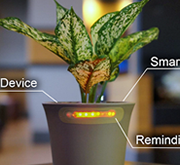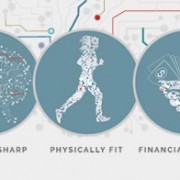FILLanthropy: Mind Finalist in This Year’s Design Challenge
FILLanthropy (Mind)
Team Lead: Annabel Chen
University: Stanford University
An online volunteer matching service for people of all backgrounds and interests who want to share their time and talent with each other, FILLanthropy emerged from team lead Annabel Chang’s studies at the Stanford Center on Longevity’s practicum course. “I’m writing a paper with Dawn Carr (another researcher at the Center) about the importance of promoting Asian volunteerism in healthy aging,” she explains, “and decided that this would be something worth doing a Design Challenge on.”
Designing FILLanthropy
“We started toying with the idea last Summer, and refined the concept throughout the year. We created about four versions of the concept before settling on the volunteering matching model. We had three versions of the website before we arrived at the one that we submitted.”
Lessons Learned Designing FILLanthropy
“The most important thing to keep in mind was that we have to design for everyone, but to address a problem that faces seniors. All research points to the fact that starting volunteering before retirement has the most positive effects. We also learned that there’s a huge gap between what research says is good for aging, and what people actually want to do. Most people/agencies that we talked to agreed that this would be something that’s good for them, but still seemed hesitant about starting volunteering.”
Future Plans for FILLanthropy
“We plan on launching the website and start rallying local retirement homes and non-profits to implement it. Our next big step would also be to expand our design to incorporate other languages.”
















